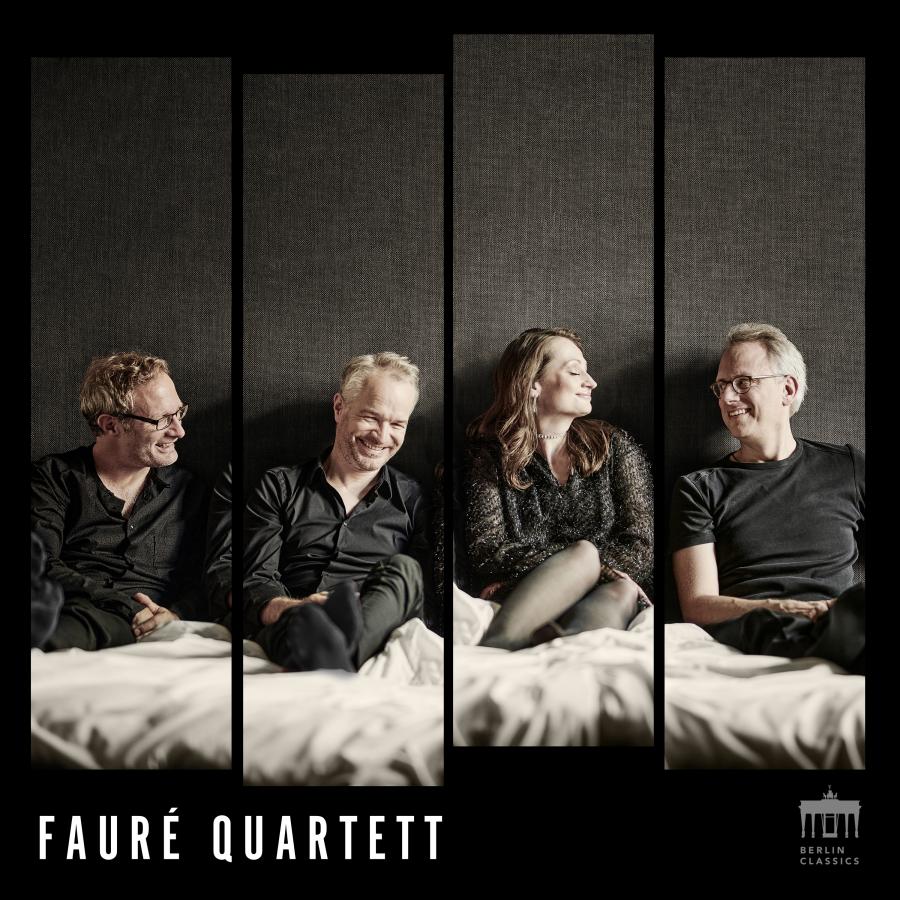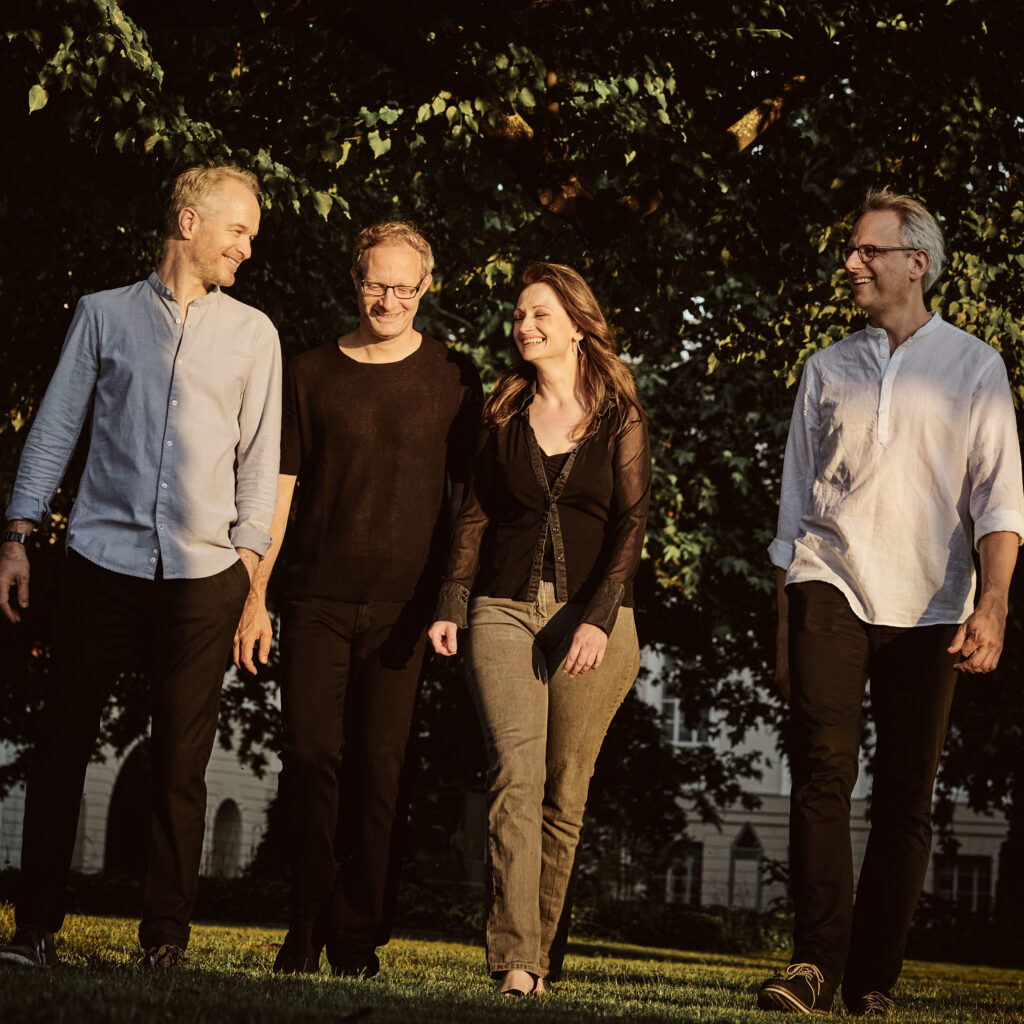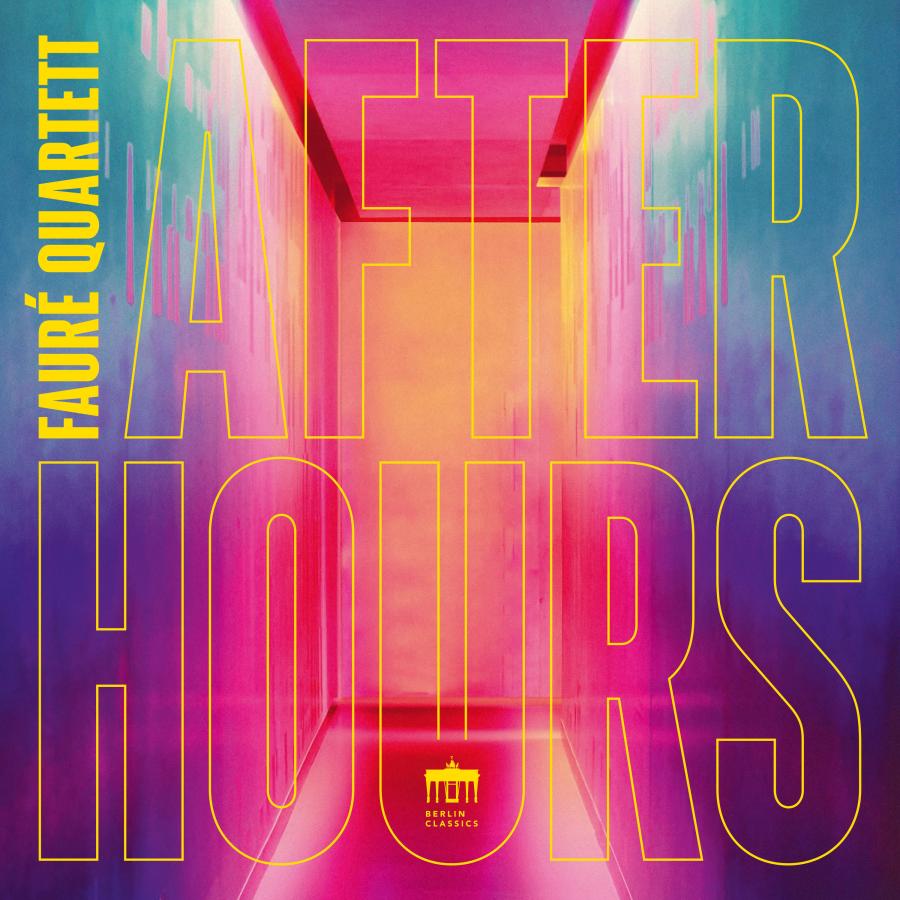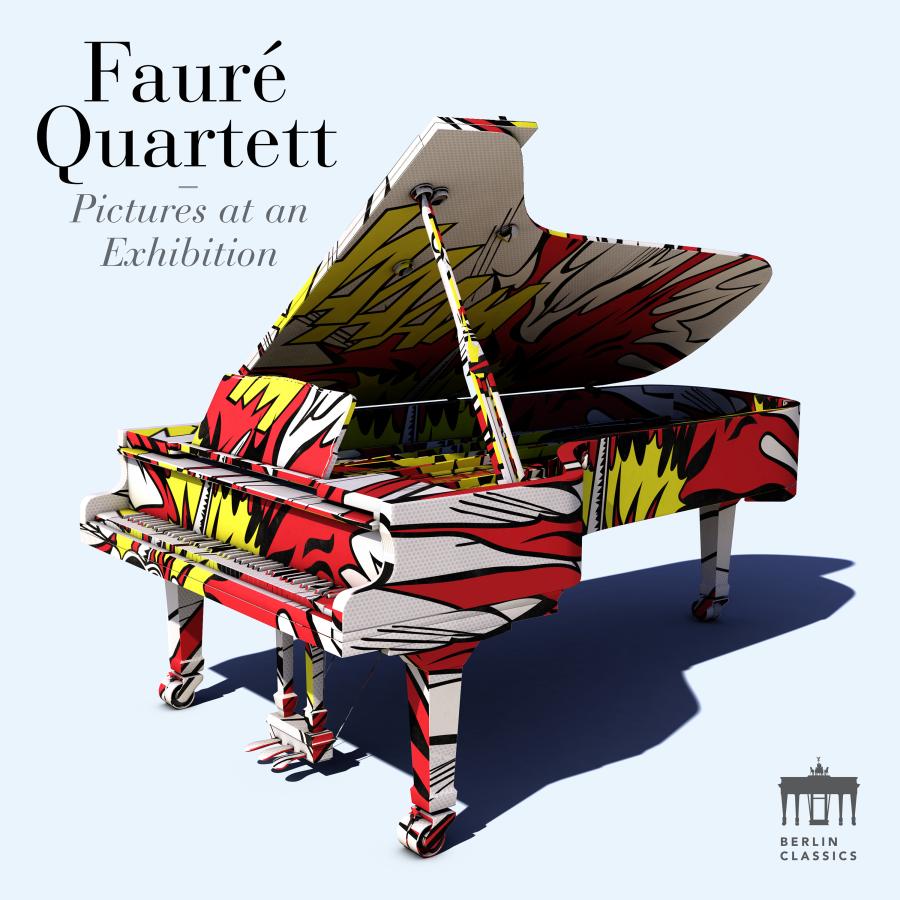If a chamber music ensemble can endure 25 years together in the same instrumentation, it must be doing something right. This is the case with the Fauré Quartett: It is known as one of the world’s leading piano quartets, tours the most renowned concert halls both nationally and internationally, and breaks musical boundaries with its recordings. The Pop Songs were followed by Pictures at an Exhibition and Études-Tableaux in 2018, which have never before been heard in such a rousing way. The first recordings of the piano quartets Faurés, combined with Dvořák or Suk, were made two decades ago; the current album is dedicated exclusively to the work of the French composer.
“The individual members of our group are really closely connected, and this carries a risk: maintaining just what music such as Fauré’s needs, the unpredictable, a sense of flight, of lightness of being, but also the depth that lies within it,” comments Dirk Mommertz as he prepares to re-engage with the composer’s piano quartets, works which at their core start from the beginning without actually ever being at the beginning. “One discovers much that is wonderful in Fauré’s music, from the darkest depths in the slow C minor movement, to the airiness and cheerfulness of some of the art songs we arranged and recorded”, says Mommertz, adding how he finds it “incredibly challenging to cope with such emotional fluctuations along with all the imponderables as a member of an ensemble that has been rehearsing this music for over twenty years now. But it is exactly this that has perhaps driven us to rethink just about everything as much as possible. You have to look for a truth that offers validity.”
The Fauré Quartet has fond memories of these phases of self-exploration and laying the foundations of a piece. The quartet was able to afford the luxury of independent maturity, and managed to transform the apparent shortcoming of such a fixed instrumentation into a quality. It is not a trio that treats itself to a pianist, neither is it a string quartet that gives one violin a temporary leave of absence, and nor is it a piano soloist who enhances inherent keyboard timbres by augmenting these with a few extra string players. It remains an ensemble that takes itself seriously in its particularity and benefits from the qualities of four characters who can stand up to each other even over long stretches of time. And it is a team that does not see itself as too superior not to practice the same thing over and over again until a point is reached at which an invisible boundary is crossed, one that leads from mere interpretation to actual embodiment. After a quarter of a century, this constellation of players has succeeded with Fauré. Which does not mean that the music performed on stage or encountered in the next musical melee will not sound different again. And why not, for this is all about the flow of sonic events.
Fauré Quartett Fauré Quartett

Artist

Composer

Further information
Genre
Musik für Kammerensemble
Romantic
Publication date
02.10.2020
If a chamber music ensemble can endure 25 years together in the same instrumentation, it must be doing something right. This is the case with the Fauré Quartett: It is known as one of the world's leading piano quartets, tours the most renowned concert halls both nationally and internationally, and breaks musical boundaries with its recordings. The Pop Songs were followed by Pictures at an Exhibition and Études-Tableaux in 2018, which have never before been heard in such a rousing way. The first recordings of the piano quartets Faurés, combined with Dvořák or Suk, were made two decades ago; the current album is dedicated exclusively to the work of the French composer.
“The individual members of our group are really closely connected, and this carries a risk: maintaining just what music such as Fauré’s needs, the unpredictable, a sense of flight, of lightness of being, but also the depth that lies within it,” comments Dirk Mommertz as he prepares to re-engage with the composer’s piano quartets, works which at their core start from the beginning without actually ever being at the beginning. “One discovers much that is wonderful in Fauré’s music, from the darkest depths in the slow C minor movement, to the airiness and cheerfulness of some of the art songs we arranged and recorded”, says Mommertz, adding how he finds it “incredibly challenging to cope with such emotional fluctuations along with all the imponderables as a member of an ensemble that has been rehearsing this music for over twenty years now. But it is exactly this that has perhaps driven us to rethink just about everything as much as possible. You have to look for a truth that offers validity.”
The Fauré Quartet has fond memories of these phases of self-exploration and laying the foundations of a piece. The quartet was able to afford the luxury of independent maturity, and managed to transform the apparent shortcoming of such a fixed instrumentation into a quality. It is not a trio that treats itself to a pianist, neither is it a string quartet that gives one violin a temporary leave of absence, and nor is it a piano soloist who enhances inherent keyboard timbres by augmenting these with a few extra string players. It remains an ensemble that takes itself seriously in its particularity and benefits from the qualities of four characters who can stand up to each other even over long stretches of time. And it is a team that does not see itself as too superior not to practice the same thing over and over again until a point is reached at which an invisible boundary is crossed, one that leads from mere interpretation to actual embodiment. After a quarter of a century, this constellation of players has succeeded with Fauré. Which does not mean that the music performed on stage or encountered in the next musical melee will not sound different again. And why not, for this is all about the flow of sonic events.
Tracklist - These are the tracks you will hear on the album
Fauré Quartett
Fauré Quartett
1
I. Allegro molto moderato
2
II. Allegro molto
3
III. Adagio non troppo
4
IV. Allegro molto
5
No. 2, Notre Amour
6
No. 1, Les Berceaux
7
No. 1, Après un rêve
8
No. 2, Clair de lune
9
No. 1, Mandoline
10
I. Allegro molto moderato
11
II. Scherzo. Allegro vivo - Trio
12
III. Adagio
13
IV. Finale. Allegro molto







